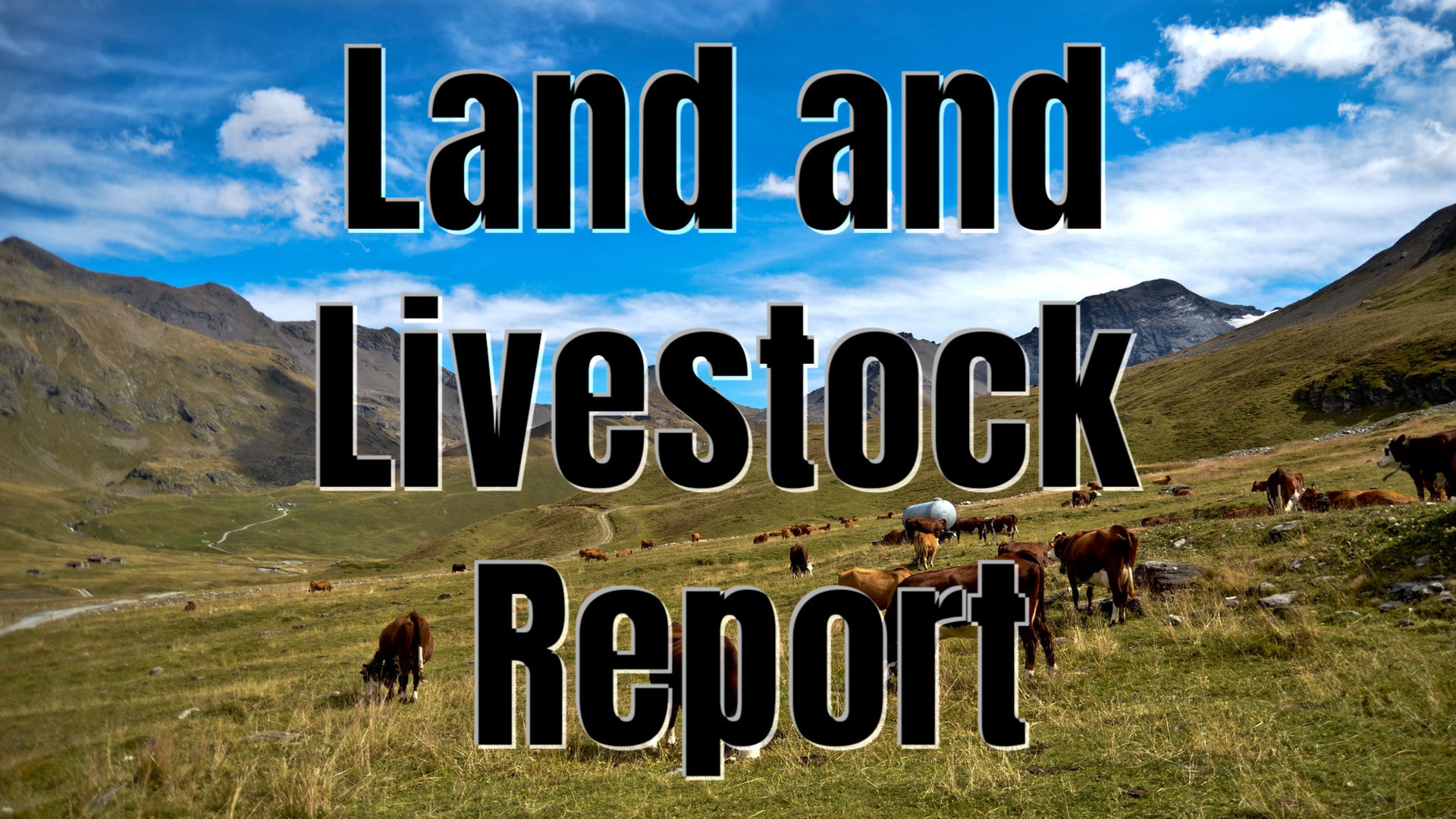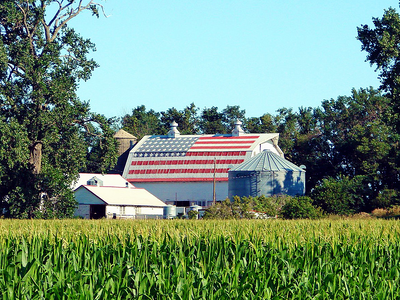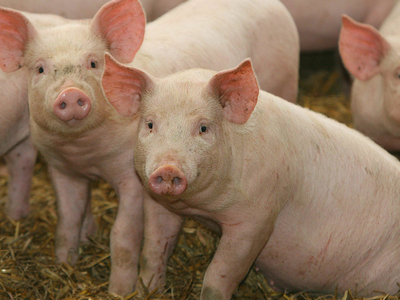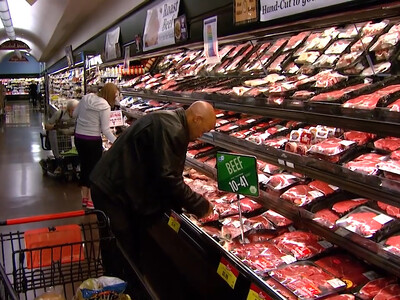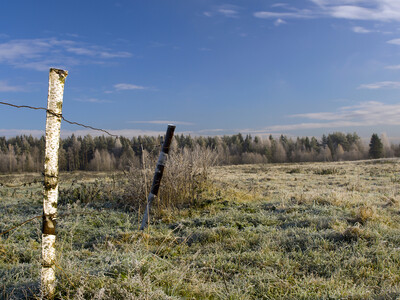Lower Number of Black-hided Cattle
Lower Number of Black-hided Cattle
There are more than 80-different beef brands that require a black-hided cattle in their program. After the break we’ll learn more about the lower number of black-hided cattle going into the packing plants and what that means to beef producers, I’m KayDee Gilkey with Open Range after this.?
USDA now reports nearly 63 percent of the carcasses in the mix are black-hided. Which is lower than the black-hided bull turn out number report of 71 percent.
Cattle-Fax Analyst Lance Zimmerman says there are several explanations for the lower number of black-hided cattle at the packing plant - including imported feeders and some black-hided heifers being retained as replacements.
Zimmerman: “What we see is that Mexico and Canada don’t have near the number of Angus-type cows as we do in the United States so as imports increased naturally the black-hided number decreases because of a downward pressure of a smaller black-hided population being imported into the United States.”
The long-term trends show a steady increase in the Angus-influenced cattle population. Zimmerman says that should compel cattlemen to look for more ways to differentiate their cattle from the “norm”.
Zimmerman: “When you have 50 to 60 percent of the U.S. cattle population identified as black-hide color, people want to know more about those cattle than just that. You may have the best generic black-hided cattle in the universe but that might not mean anything to a producer unless they know more about the genetics that were in those cattle also how they were fed, what vaccination programs were administered.”
I’m KayDee Gilkey with Open Range on the Ag Information Network.


